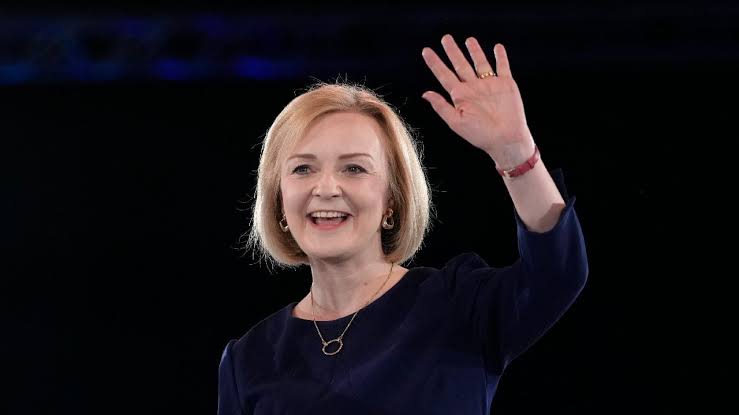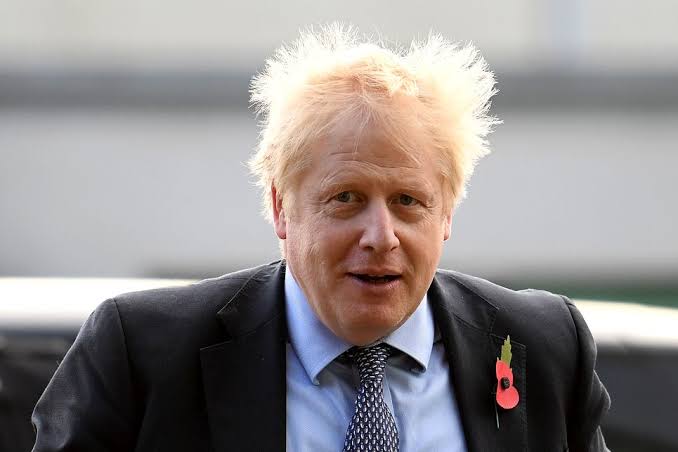
During her audience with the Queen, Liz Truss, who was chosen as the Conservative Party’s leader on Monday, was also named the First Lord of the Treasury and the Prime Minister of the United Kingdom.
Queen Elizabeth II officially requested Liz Truss to form a new government on Tuesday afternoon at Balmoral Castle in Scotland. Two months after making his resignation as UK prime minister public, Boris Johnson actually did so during his own audience with the queen.
How did Liz Truss become the next PM
To lead a nation facing the worst economic crisis in a generation, the British Conservative Party announced on Monday that its members had chosen Liz Truss to succeed Boris Johnson. Truss is a hawkish diplomat, a party stalwart, and a champion of free markets.
Rishi Sunak, a previous chancellor of the Exchequer whose resignation in July started the abrupt removal of Mr. Johnson, lost to Ms. Truss, 47. Her win was anticipated mainly in recent weeks when she acquired a commanding lead in the polls, with a margin of 57.4 percent to 42.6 percent.
After Theresa May and Margaret Thatcher, Truss becomes the third woman PM of the UK and its fourth prime minister in six years. However, she will come across a terrifying assortment of problems, just like they were.
Boris Johnson’s step down

Close to Truss’ meeting with the Queen, Boris Johnson had to attend a much more demeaning event. To make room for Truss to take over, he submitted his letter of resignation to the monarch. He was forced to step down weeks earlier when his lawmakers lost faith in his scandal-plagued premiership.
Johnson bid farewell in a defiant, occasionally bitter speech delivered outside Downing Street. He gave the nod to the lawmakers who initiated the move to remove him by saying that they “changed the rules” to do so. He refused to express regret for the ethical and moral failings that cost him his job.
Liz Truss’s political career
Truss is from Oxford and spent her teen years in Leeds, then Paisley, both in Scotland. She went to Oxford University to get expertise in politics, economics, and philosophy. She took part in student politics and is known for her role as a Conservative Party member today despite having previously tagged the Liberal Democrats.
She got into her profession as an accountant, but politics was something she chose to do. She was elected as a councilor in South-East London’s Greenwich in 2006 after erring to make an image in the general elections of 2001 and 2005. According to the BBC, she was administered as the right-of-center Reform think tank’s associate director.
She finally succeeded in getting elected as a member of Parliament (MP) from South West Norfolk in 2010 after nearly ten years of attempting. After that, her ascent has been swift. After serving as an education minister for two years, she was elevated by then-Prime Minister David Cameron to the position of environment secretary in 2014.
She served as Theresa May’s justice secretary from 2016 until she was appointed chief secretary to the treasury, where she played a critical role in the government’s economic strategy.
Does Johnson have any powers still?
Theoretically, Mr. Johnson retains all of his authority up until he publicly resigns by going to the Queen.
Although he assured his cabinet that he wouldn’t make any “big changes of course,” in practice, he lacks the power to institute meaningful new policies.
Giving knighthoods and House of Lords nominations will probably be among his final official acts before resigning. Well, at least the British citizens are not mad about the whole fiasco.
So, what will Britain look like under the leadership of Liz Truss?